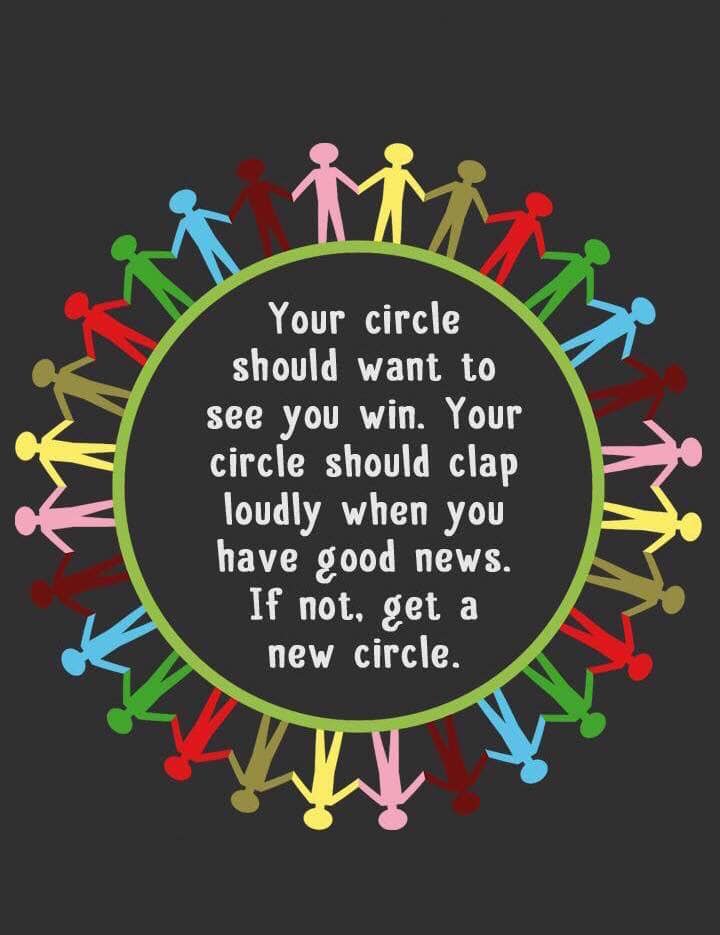Five Ways to Break the Corporate Burnout Cycle

Right now, corporate burnout is the biggest threat to productivity, employee morale, staff retention and well-being.
It’s everywhere, but what does it mean?
And is it even “real”?
It is, and fortunately there are things you can do to break the cycle.
What is Burnout?
Even pre-pandemic the term “burnout” was gaining clout.
In 2019 the World Health Organization classified burnout as an occupational phenomenon. That means while it’s recognized as influencing health status, it’s not classified as a disease. Instead, burnout is defined as “syndrome or cluster of syndromes resulting from chronic workplace stress that has not been successfully managed.”
If the World Health Organization classified burnout as a phenomena in 2019, pre-pandemic, what are we experiencing now?
In 2019, it was thought that burnout manifests across three different dimensions:
- feelings of energy depletion or exhaustion;
- increased mental distance from one’s job, or feelings of negativism or cynicism related to one’s job; and
- reduced professional efficacy.
Now, two years into the pandemic and after two years of chronic stress and unknown, corporate burnout has become cyclical, spiraling employees and especially HR managers dealing with employees, further and further into the burnout abyss.
To stop it, we need to know what’s really going on.
Understanding the Corporate Burnout Cycle
Think of the following scenario that’s playing out almost everywhere without discrimination.
- There has been constant change over two years that has resulted in longer hours to determine new procedures and processes, especially initially
- This lead to burnout and fatigue as everyone adjusted to the initial “working from home” or restrictions
- This burnout led to increased absenteeism, error by those left to pick up the slack, and decreased morale by everyone
- The turnover that has resulted led to increased production pressures by those who were left, but the increased workload also created inability to properly address concerns as they arose
- The error and inability to think proactively led to more increased workload with fewer people as staff went on leave or left for other work or left the workforce entirely.
This, in turn, cycled back to the beginning of constant change, long hours and new processes.
The good news is that the Corporate Burnout Cycle can be stopped. The bad news is that it’s going to take some time to have conversations to get it done.
How Can We Stop It?
Here are five tried and true methods to interrupt the corporate burnout cycle. All require focusing on people and thinking and communicating differently.
Building culture and community – With massive turnover some teams have never met in person, and some long standing corporate culture and knowledge of “unwritten cultural norms” has left with those who have retired or moved on. Taking time to allow new members to connect and build empathy and learn some of those corporate cultural pieces is key.
- Validating employee concerns – Times have changed. Think of this as an equivalent of a buyer’s market, where the power has shifted to the hands of employees who, due to high job vacancy rates, have more ability to negotiate the kind of environment where they want to work. Employers can’t find people to fill jobs, so it’s a lot easier and less time consuming to make efforts to keep quality staff, and an important way to do that is to listen to and validate employee concerns. Listen, then together find the solutions to change your processes, policies, and structures.
- Adapting your own expectations – New boundaries and rules are being set everywhere to help draw the line between work and home life. I’m reminded of the time I visited Iqaluit and learned that no one sent emails outside of work hours, after 5:00pm. It was expected people would have their own lives. Similar boundaries are being set everywhere to help keep work and home separate.

- Prioritizing employee wellness – Wellness isn’t just an app, it’s a mindset, a worldview, and it’s a culture. Apps and corporate training has sprung up everywhere to support wellness, but wellness is something that has to be engrained in the entire corporate culture from policies and procedures, benefits, and how the work day is structured. Different industries will need to adapt differently but it’s clear that adaptation to be authentic about wellness in the workplace is required. It’s not a “one-and-done” type of solution.
- Celebrating people – Did you know that if you express gratitude it changes your own neural pathways and it also changes the neural pathways of the person in receipt of your gratitude? We need more positive neurotransmitters generated in our brains, so get authentic about finding ways to celebrate people and successes and boost that serotonin and dopamine.
- Finding fun in the day – Your work too serious to have fun? That’s probably part of the problem. We spend more than we do awake and NOT working at home, so we had better find ways to bring joy into our day. When I’ve worked with Funeral Directors, even they find time to connect and have fun, because they ultimately know that life is precious, and living a joyful life is what’s important at the end of it. People connect through fun and play, and it can help foster creative solutions for all of the other issues you need to figure out, so find ways to encourage it for your workforce.
Corporate burnout is real, but so are the important interventions and conversations that can stop the cycle.
Tomorrow we will look at how to boost the neurotransmitters that can kick start the joy and stop the cycle.
Until then, be well.

Theresa Bailey holds a Masters in Community Psychology, is a Life Coach and Life-Well Work-Well Certified Resilience Practitioner, and holds the exclusive North American license to provide PLAY-DOH POWER SOLUTIONS corporate training.







